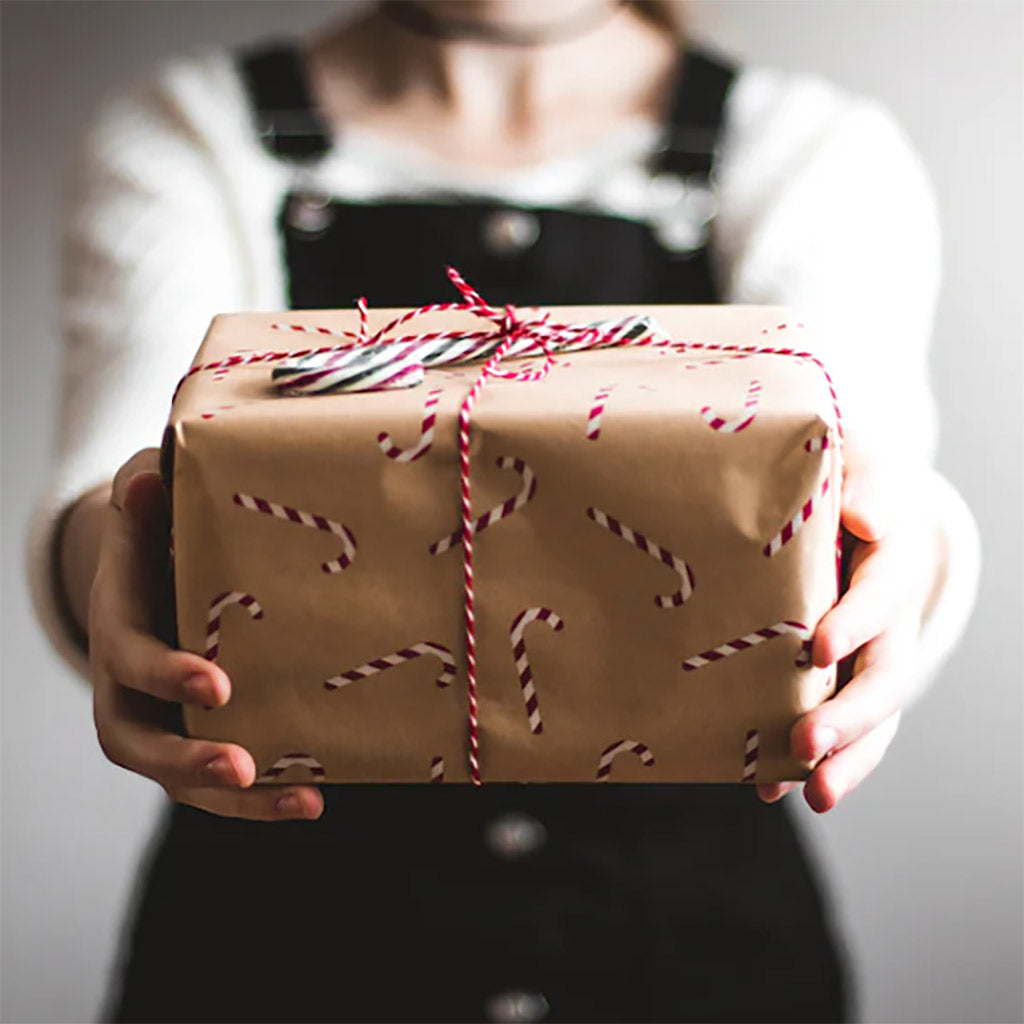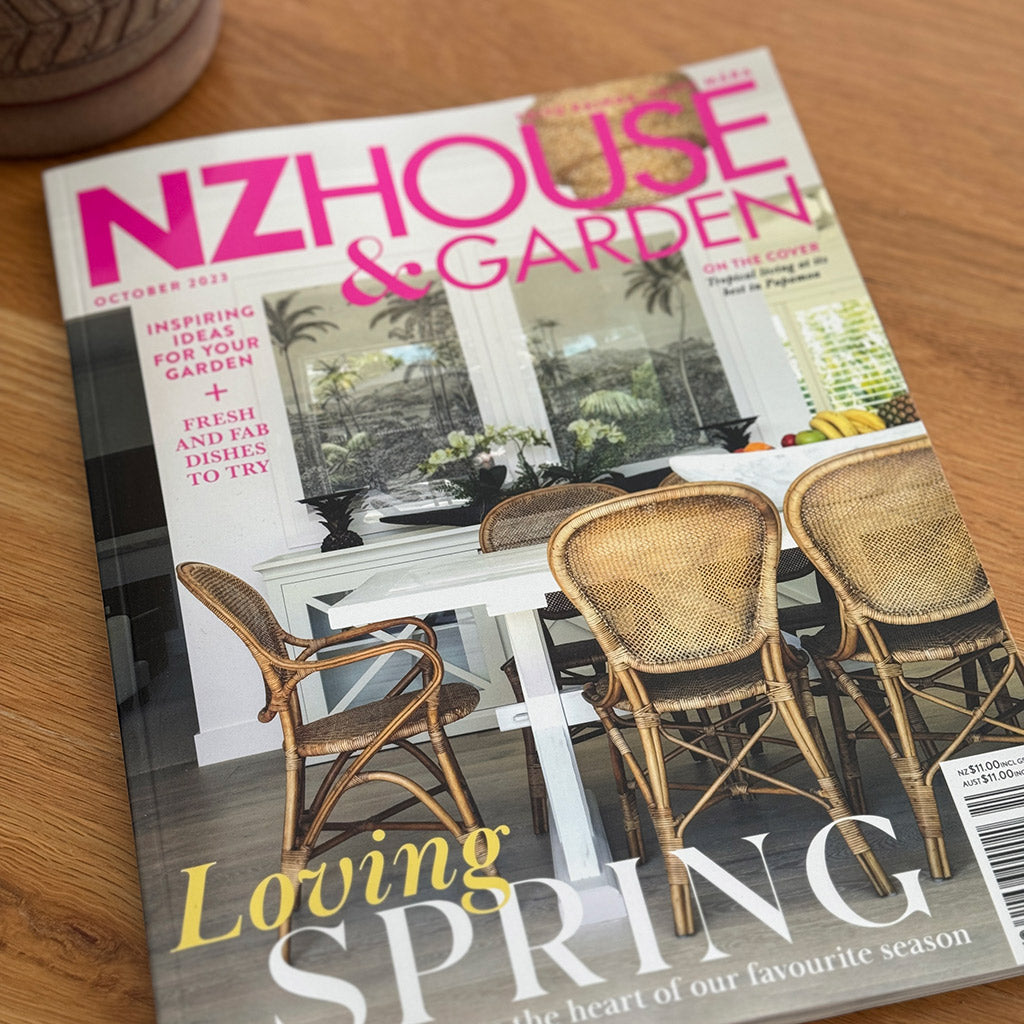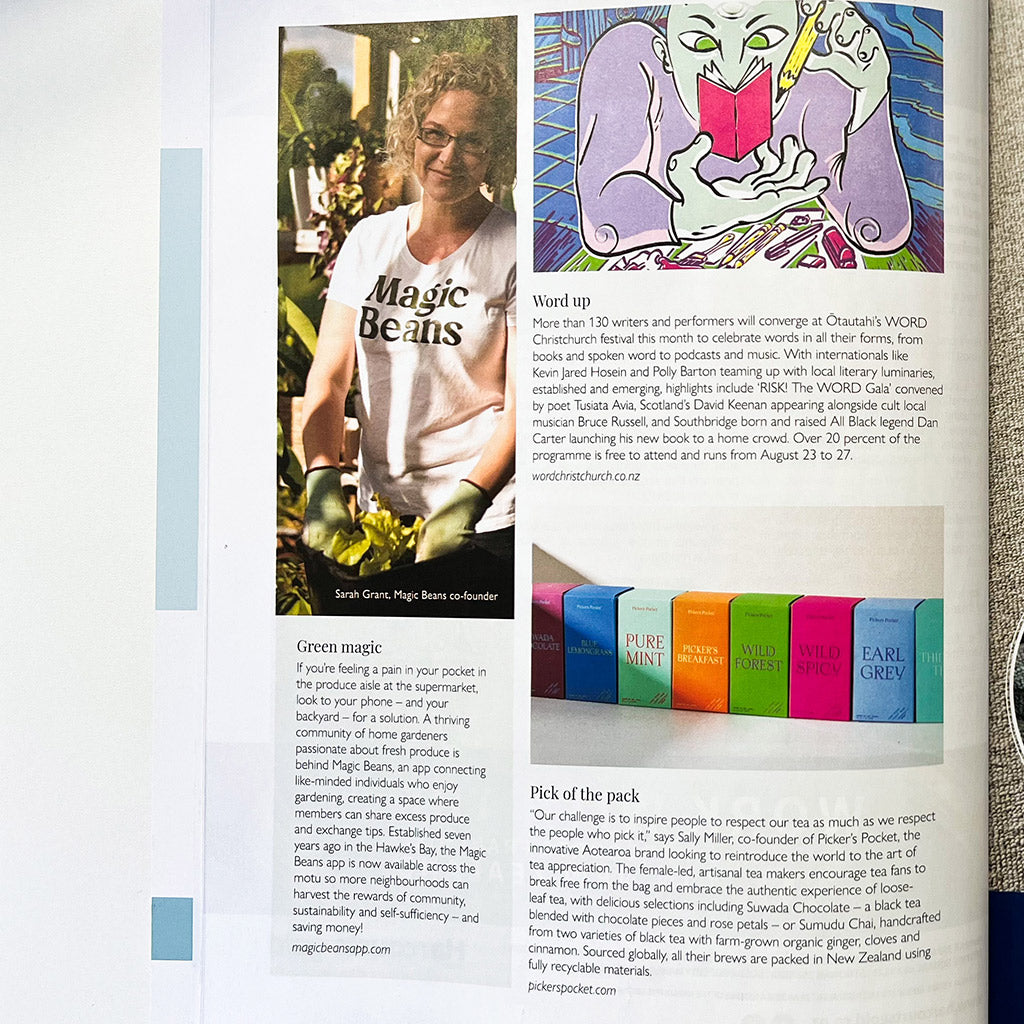The Discovery of Tea
The wind whistles slightly. It’s melody is not unlike the rhythm of a poem. Or so the man sitting beneath the tree is thinking. As the wind continues to enchant his mind, his gaze is drawn to the bowl of boiling water by his side.
He’s thirsty. But the wind has blown a few leaves into the bowl and the water has started to turn a hazy shade of sunshine.
Curious, he picks up the bowl and takes a sip. Not bad. In fact, it is altogether refreshing.
It’s 2737 BC and Chinese Emperor Shen Nung has just enjoyed the first taste of leaves from a Camellia Sinensis tree. Or a tea tree as it is now known.

With this, the story of tea in China begins. A story which would remain private to the Chinese for centuries.
In 618 AD, the Li Family seized power in China. It’s the beginning of the Tang Dynasty. Apart from power, they have a taste for tea and set about planting more trees, creating a new industry in the process.
The drink rises in popularity, quickly becoming the national drink of China. Around the same time Buddhist Monks from Japan visit. his strange new drink has appeal. So much so, they take some seeds with them back to Japan.
Tea has gone international.
The great tea journey
Over the next few hundred years tea continues to charm all that drink it. Commoners drink tea. Nobles drink better tea. Everyone drinks tea. Just not the western world. It remained a Chinese drink until the Silk Road opened.
It was then the great tea journey really began. But it was a slow journey and it wasn’t until 1606 the first shipment landed in Europe. It didn’t land in Great Britain either as many would guess.
The British didn’t get tea for another 50 years or so. It was to remain a drink enjoyed by the Dutch until then, the first shipment arriving in a port in Holland.
The story of Afternoon Tea
Of course, tea is now considered a very English affair. We can thank a Portuguese Princess for that. Catherine de Braganze had sailed from Portugal to marry Charles 2nd (1662-1685) and the ale she was offered on arrival did not meet with her approval.

She craved tea, the drink having made it to Portugal where it enchanted her with its spell. With her Royal stamp of approval, tea drinking spread across England.
It took another Lady of note to solidify tea in British culture. Anna Maria Russel was the Duchess of Bedford. By now, we’ve reached the early 1800’s and a great invention had risen to prominence...the sandwich.
Anna was quite keen on a pot of tea, a sandwich and a bit of gossip with her friends at about 4pm.
So began afternoon tea, that quintessential and oh so English tradition.
Teas rise to fame and fortune
As is the way, trends spread rather fast and that speed becomes ever faster as the world becomes more connected. So it doesn’t take long for tea to make its next big journey. Of course, it also helps when there is money to be made and tea has become a highly taxed commodity.
One almost exclusively controlled by the East India Company, owned by the British Royal Family. So as colonies grew and new business frontiers were forged, tea went along for the ride. This included the leap to the United States, where it was to become the beverage of choice.
But there was trouble brewing……..
Smugglers and Tea Pirates
On December 16th 1773, angry at ‘taxation without representation’, American Colonists threw 342 chests of tea from the East India Company into the water in Boston Harbour. In the preceding years, the British had taxed everything heavily. After several protests, they eventually conceded by repealing taxes on goods shipped to the colonies - except tea.
They weren’t ready to give up the taxes on Tea. So Americans decided enough was enough and dispatched the tea into the water.
Of course, it might also have been in part to maintain some healthy tea smuggling operations and remove a rival, for a few of the Boston Tea Party had their own illegal supply.
Amongst these smugglers was Thomas Hancock (Uncle of John Hancock, who famously signed the Declaration of Independence with an oversized signature) and Samual Adams (who many will know from the beer named after him).
The smuggling of tea wasn’t just a problem to be dealt with on American shores either. In England, it was estimated smugglers were sneaking in some 7 million lbs of tea annually.

That’s quite a lot when you consider legal imports only amounted to 5 million lbs at the time. Indeed, such were the operations, vast organised criminal enterprises were formed. The Government lost out on taxes, which were first introduced in 1689 at a ludicrously high rate of 25% (we should point out - taxes on tea were only abolished in 1964 and were forever being played with), whilst the tea drinker lost out on taste.
They could opt to pay for legal tea but most of the working class opted for the dubious quality of the illegal tea. The mixture included non tea leaves, resulting in a different colour. This was then corrected with the addition of sheep dung, or event poisonous copper carbonate.
The mixture included non tea leaves, resulting in a different colour. This was then corrected with the addition of sheep dung, or even poisonous copper carbonate.
By 1784, tea had caused too many issues overseas and at home. Prime Minister William Pitt the Younger decided it just wasn't worth the trouble anymore. He slashed the tax, which by then had risen to a ridiculously high 119%, down to 12.5%.
That killed most of the smuggling operations overnight.
East India Tea Company
During this time, the East India Company had continued their monopoly on the world tea trade. The story of tea was really whatever they wanted it to be. Everything was in their control, with all tea coming from China being carried out by them.

But as the East Indian Company was to find out, just because you can write the story doesn’t mean people will read it and like it. Especially so when the British working class started reducing their daily tea intake when you use a monopoly to charge artificially high prices.
Of course, the British Government wasn’t so much concerned with fairness for the consumer. It was more a case of less tea drinkers means less tax revenue. Thus, in 1834 the monopoly was ended by the Government. Enough was enough. Then just a few years later the Opium Wars with China resulted in a number of new ports and increasing free trade.
It was open season for tea and the race was on, literally.
The Great Tea Race
‘Tea Clippers’ had sleek lines, tall masts and huge sails. They were used by British and American merchants, who raced to get their tea to the market. As is often the case, advances are often the result of some necessity, like getting goods to market quickly so you can strike the best prices for your bounty.
For the ‘tea clippers’, such was the interest in their exploits they even held the Great Tea Race of 1866, which was keenly followed by the world’s press. Alas, the fun was not to last. With the opening of the Suez Canal in 1869, Steam Vessels could make the journey in a shorter time (the canal is no good for a racing sail ship, in case you were wondering).
Today, there is only one ‘tea clipper’ left in the world. The Cutty Sark sits in Greenwich, London on permanent public display.
‘Tea Clippers’ had sleek lines, tall masts and huge sails. They were used by British and American merchants, who raced to get their tea to the market.
Global Cultivation
Darjeeling to Assam
This was 1841. Around the same time, Assam Tea was just beginning to take off. Originally discovered growing wild in India in 1823 by Scottish explorer Robert Bruce, the most popular version was actually a hybrid from experiments with Chinese seeds.
This hybrid grew better than both the wild Assam Tea and planted Chinese Tea and was quickly in demand.
Sri Lanka- Ceylon Tea
India was proving to be quite the tea frontier and learning ground. This was certainly the case for James Taylor who visited in 1866 to study tea plantations. He must have paid attention as just a year later he was in Sri Lanka and set about starting his own plantation.
It was a move which was to see the beginning of the now world famous Ceylon Tea.
Not long after, (in the 1870’s) New Zealand had the highest consumption of tea per capita in the world. Yet James Taylor’s Ceylon Tea has not yet found its place. That would only be cemented in 1980 when Taylor did a deal with a certain Sir Thomas Lipton, who was to take the tea to the world in spectacular fashion.
These days, you can still find Lipton’s Tea on supermarket shelves (along with their Iced Tea). However, it is no longer pure Sri Lankan tea (which is incredibly rare).
An everyday essential
In the last 120 years, the Great Tea Story has been a little more settled and less dramatic. Tea has found its place. A place that is incredibly interwoven into our daily lives. We have tea breaks.
We have tea ladies, tea trolleys and people who believe they can tell your fortune by reading the tea leaves in your cup (it’s called Tasseography).
Some throwbacks to the old days of smugglers and tea pirates remain though. The tea you get from the supermarket is nearly always a blend.
Brands may not be mixing sheep dung in for coloring but they do mix in tea from cheaper locations, to deliver a less pure but more profitable tea.What most people know and drink as tea would likely upset the tea drinkers of yesteryear.
So, let’s raise a cup to the past. To a remarkable story. And let us sip proper tea, the type people used to fight for and empires thirsted for.
We’ll just do it a nicer way nowadays. For this is a story that should have a happy ending. We know it will too.
It’s in our tea leaves.




